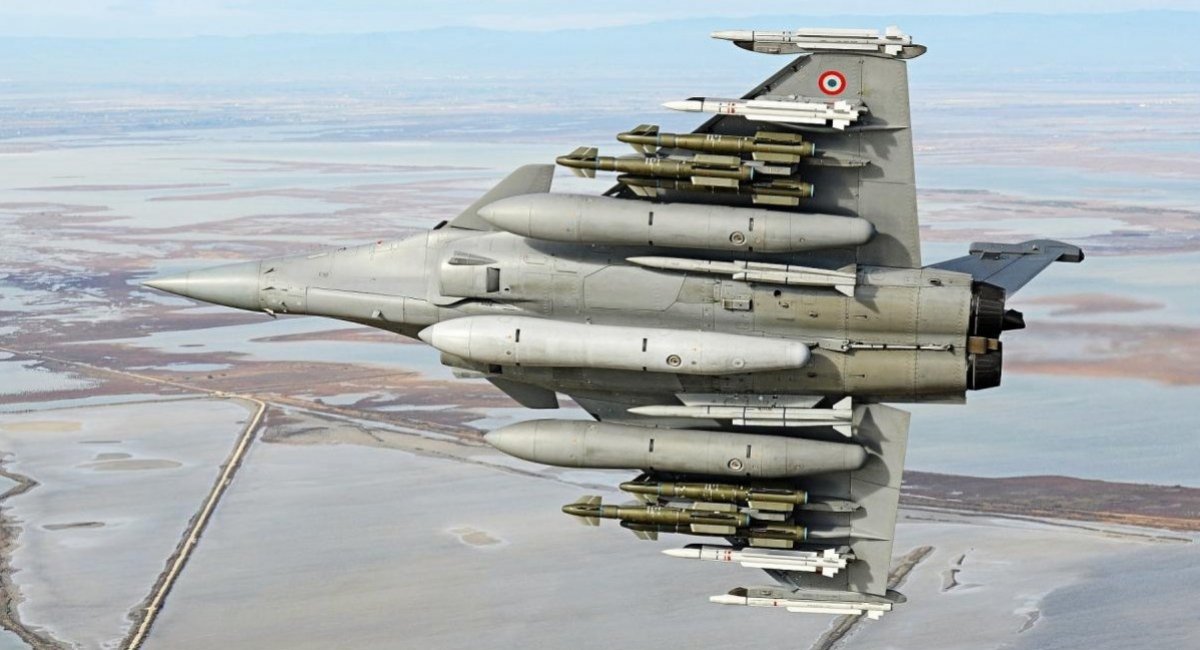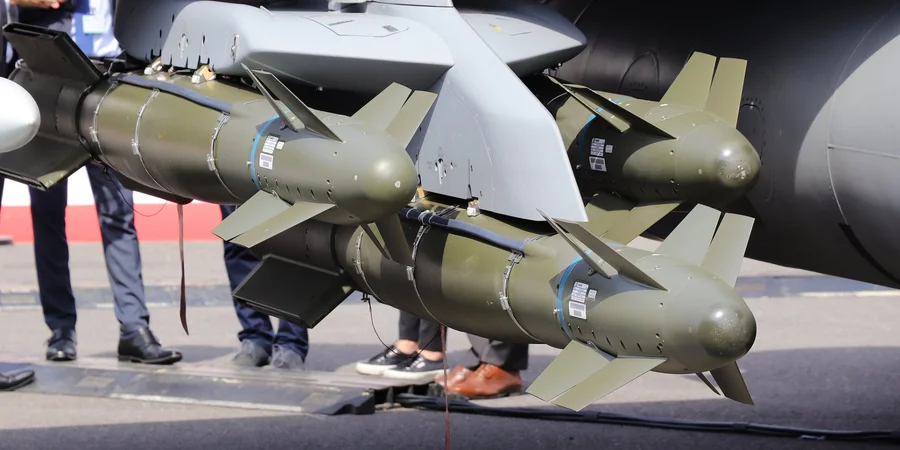
Ukrainian forces have conducted a strike against a building located in the Russian border village of Kozinka, situated within the Belgorod region. The target of this strike was a structure reported to be housing Russian troops.
Details of the operation emerged through a video published by the Sunflower Telegram channel, which is linked with Ukrainian aviation. This publication provided initial visual confirmation of the incident.
The post accompanying the video on the Sunflower channel carried a specific message regarding the strike’s focus. It stated directly, “The hunt for Russian conscripts and border guards continues.”

The footage released by the channel depicted the moment the munition impacted the target building. Reports accompanying the video indicated that the strike reportedly resulted in the destruction of several floors within the structure.
Further verification of the aftermath of the strike was captured by a Ukrainian reconnaissance drone. This drone imagery provided an additional layer of visual evidence concerning the impact and extent of the damage to the building in Kozinka.
The high accuracy attributed to this strike was reportedly achieved through the use of a specific type of munition. This munition is identified as a French-made AASM Hammer precision-guided bomb.

The AASM Hammer system possesses distinct technical characteristics when compared to certain other guided weapon kits. Unlike the U.S.-made JDAM kits, for instance, the AASM includes a built-in rocket motor.
This integrated rocket motor provides the AASM Hammer with an extended range capability. When launched from low altitudes, the system can reach targets up to 15 kilometers away. Its range is significantly increased to up to 70 kilometers when launched from high altitudes.

The AASM high-precision kit incorporates elements that facilitate its guidance and effectiveness. The system is available in different versions, designed to be integrated with various bomb sizes.
There are two primary versions of the Hammer system currently noted. The Hammer-250 variant is designed for use with 227 kg Mk.82 bombs. A heavier version, the Hammer-1000, is intended for integration with 908 kg Mk.84 bombs.

Testing of the heavier Hammer-1000 version was expected to conclude by the end of 2024. This indicates an ongoing development and integration process for the larger variant of the precision munition.
A significant aspect of the deployment of the AASM Hammer by Ukrainian forces involves its adaptation to Soviet-designed aircraft. The French defense company Safran reportedly adapted the AASM Hammer specifically for use with Ukrainian platforms, including the MiG-29 and Su-25 fighter jets.
This adaptation process was completed in a relatively short timeframe, reportedly taking just four months. The successful integration onto existing Ukrainian aircraft highlights the technical effort involved in enabling the use of Western precision munitions.
France has been providing these kits to Ukraine since 2023. The deliveries since that time total several hundred units, contributing to Ukraine’s precision strike capabilities.

Production of the AASM kits has seen a notable increase. In 2024, France exceeded its planned production target for these units, manufacturing 830 kits.
This production figure represents nearly 40% above the initial plan for the year. According to Safran, this output also constitutes a fourfold increase compared to production levels in 2022.
Safran has also stated its plans to further double the output of AASM kits in response to ongoing demand. This indicates a sustained effort to scale up production to meet operational requirements.

Additional technical details regarding the AASM Hammer system are available through specific reporting. A special report titled “The French Hammer: Modified AASM Family Air Bombs” is noted to contain more in-depth information on the system’s technical aspects, published in Ukrainian.



